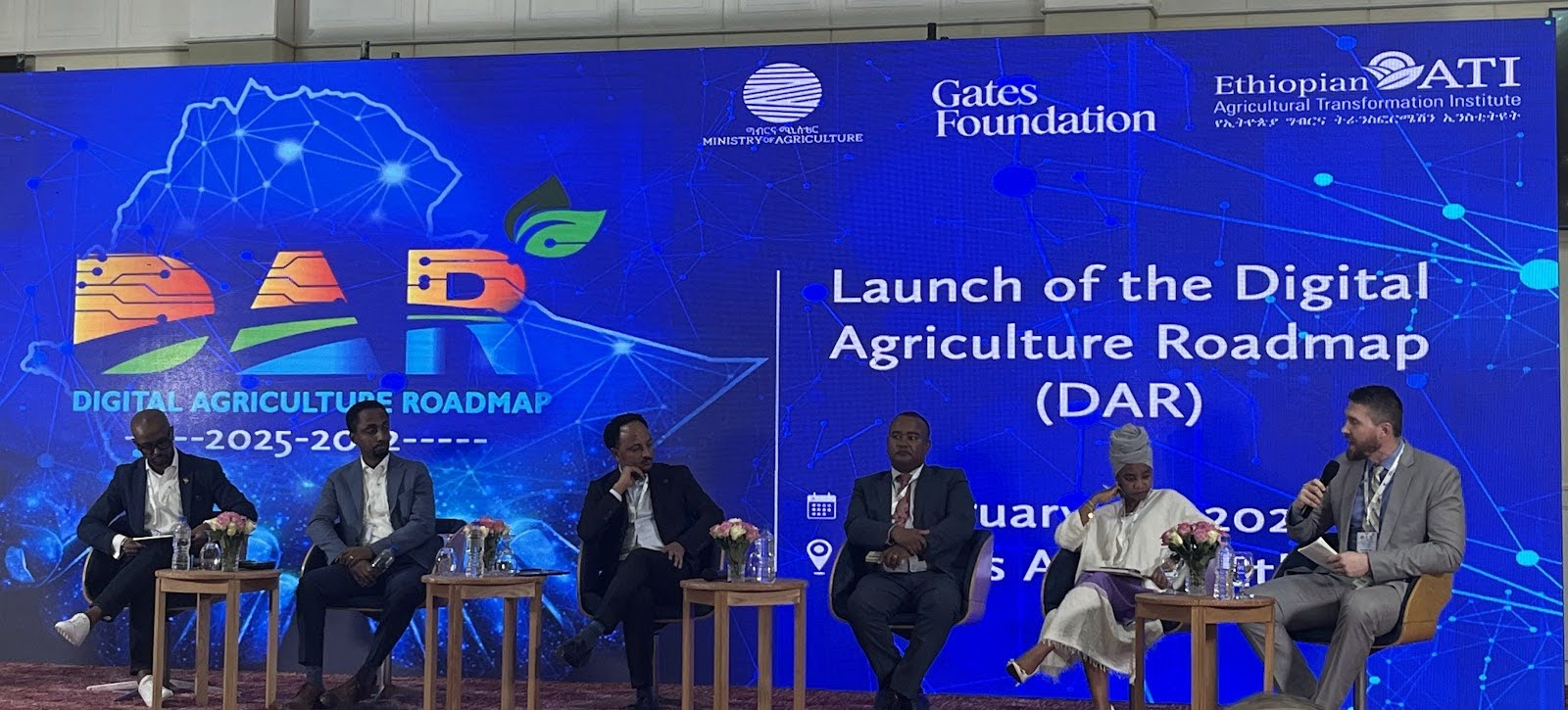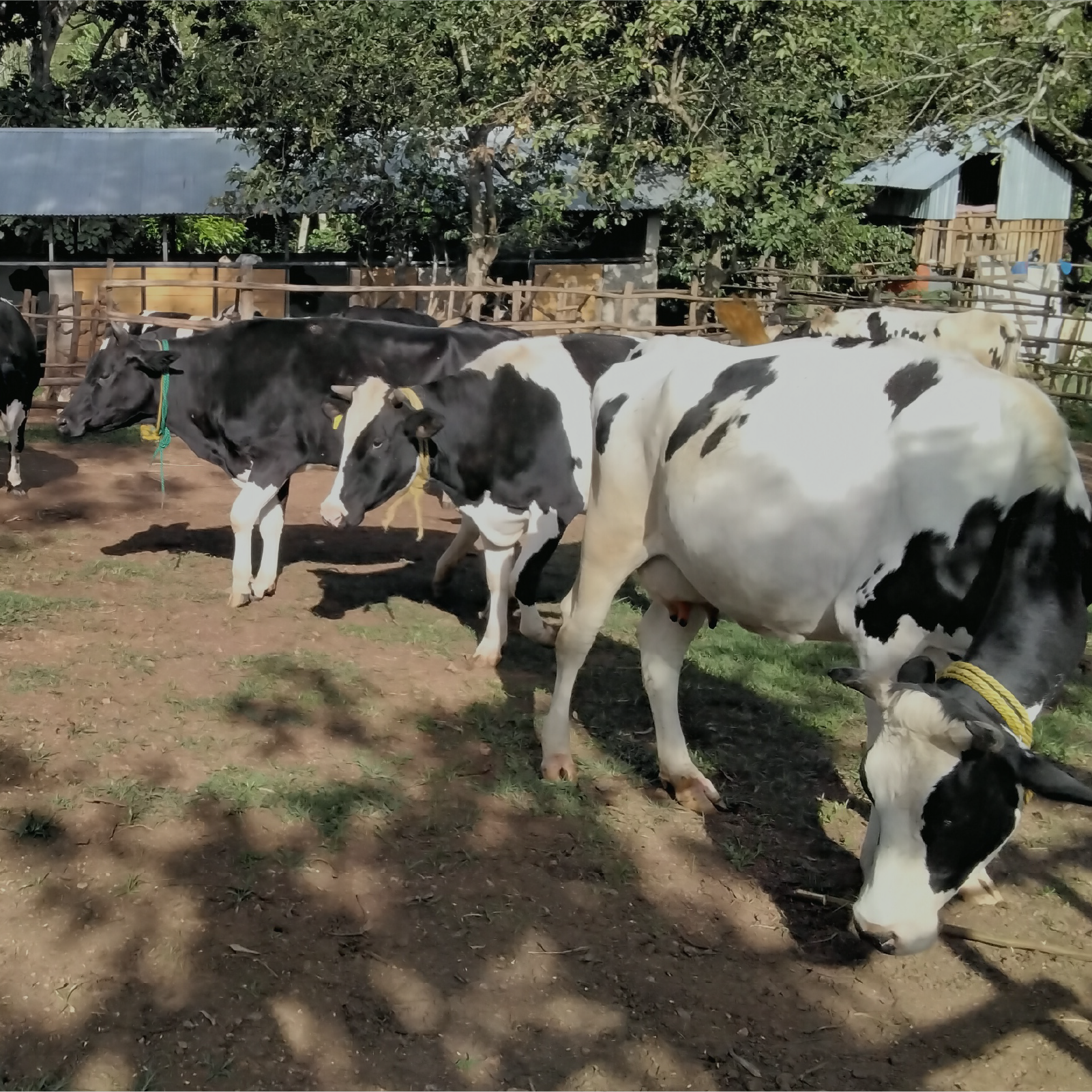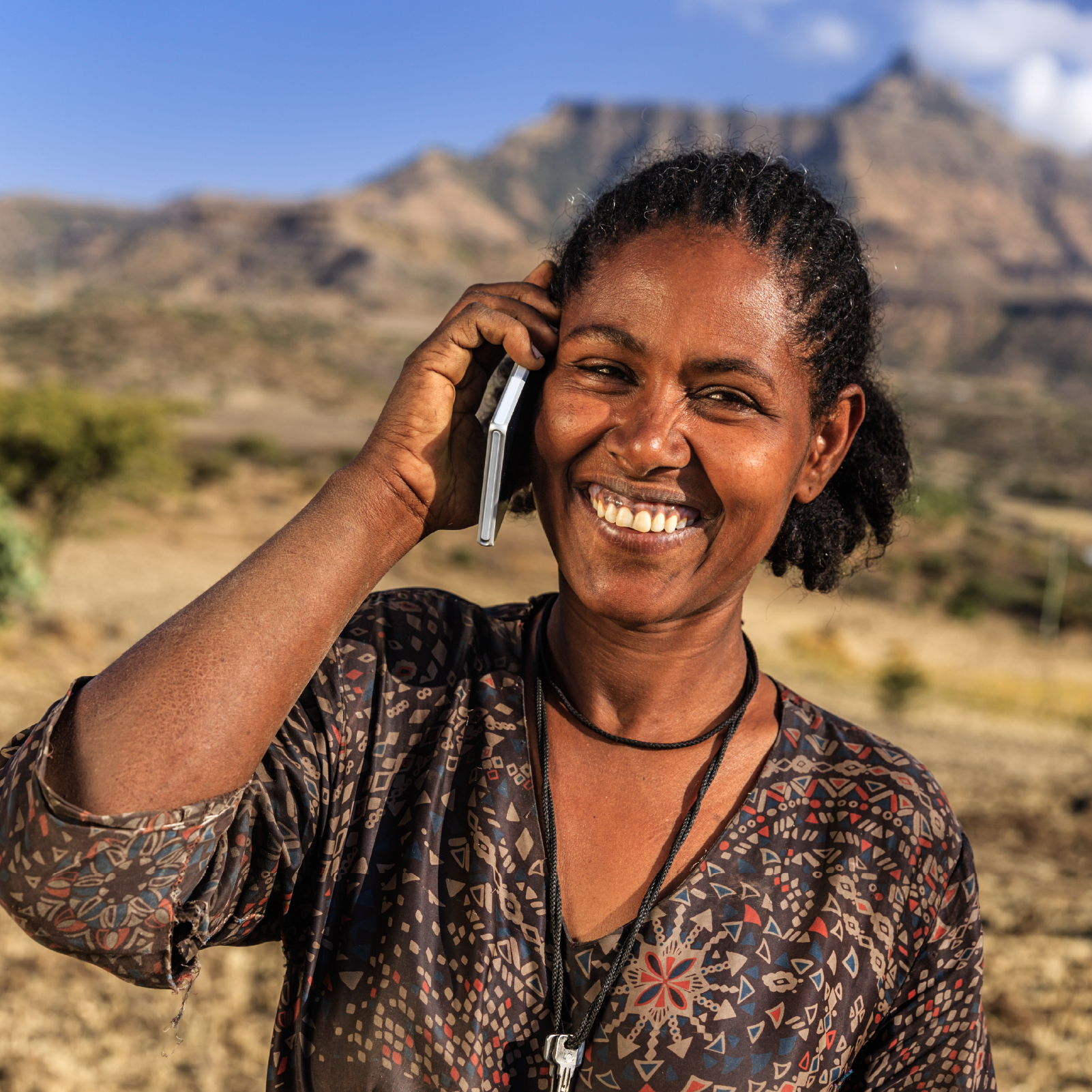Establishing a Project Management Unit for Implementation of the Digital Agriculture Roadmap in Ethiopia
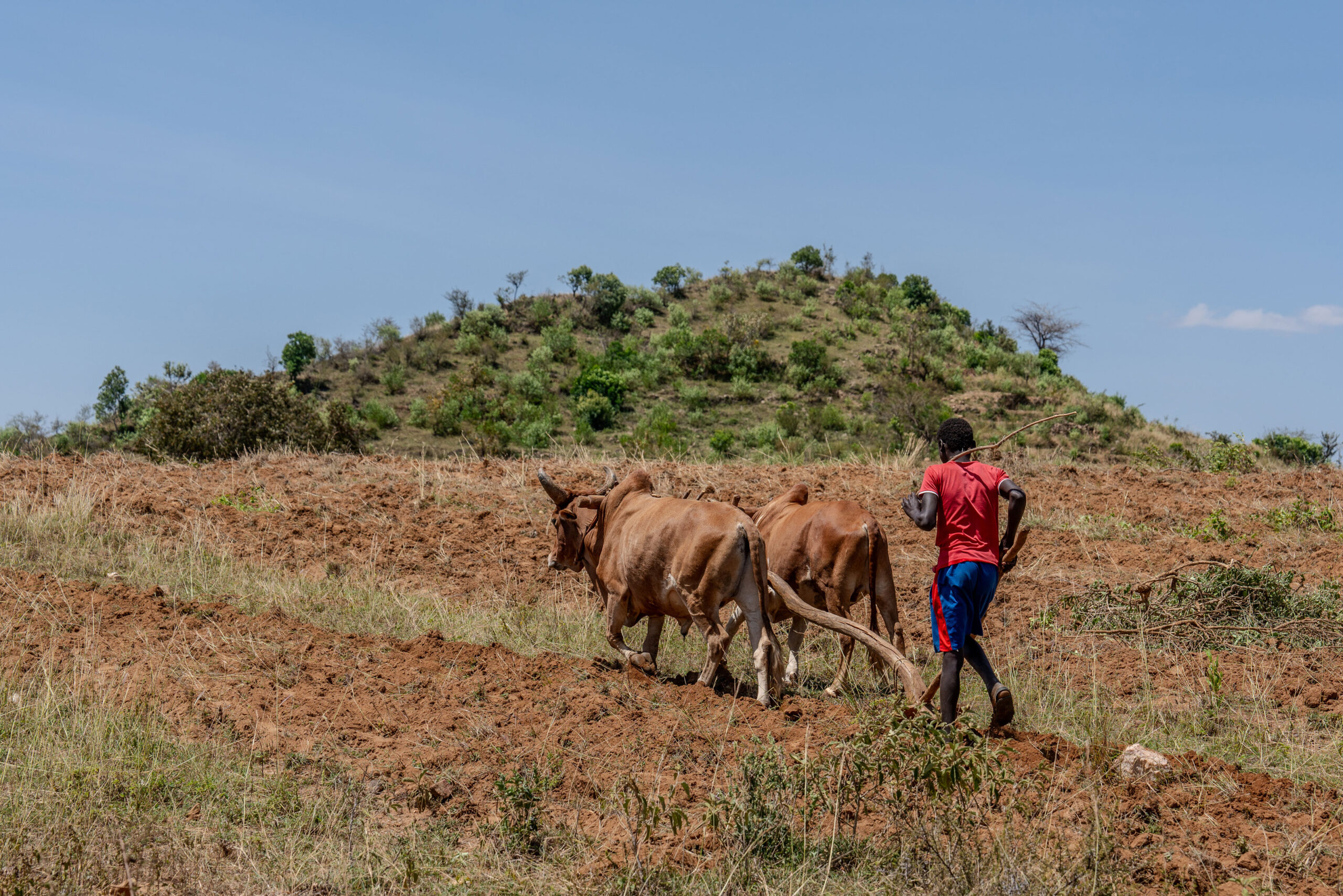
Ethiopia
Ministry of Agriculture, Ethiopian Agricultural Transformation Institute (ATI)
Gates Foundation
Ethiopia’s Digital Agriculture Roadmap
The digital agriculture landscape in Ethiopia is rapidly expanding, with government bodies, development partners, NGOs, and private actors launching innovative tools and platforms. While this is a positive development with potential to achieve significant reach and impact, it has also created challenges, such as overlapping mandates, fragmented efforts, overburdening farmers with duplicative solutions, and lack of alignment and interoperability. Given the growing number of digital initiatives in the agricultural sector, ensuring their coordination and effective implementation has become increasingly essential.
The Ministry of Agriculture (MoA) and the Ethiopian Agricultural Transformation Institute (ATI), with the support of the Gates Foundation, launched a Digital Agriculture Roadmap (DAR) to guide investments in digital agriculture to drive agricultural transformation from 2025-32. This Roadmap was officially launched on February 4, 2025.
The DAR identifies priority use cases and initiatives to strengthen the foundational digital ecosystem and enabling environment in Ethiopia, which will be implemented in Phase 1 of the Roadmap from 2025-2029. The priority initiatives include farmer profiles with unique IDs, a data stack with Access Point Interface (API), data governance and sharing policies and standards, digital kiosks, digital literacy, and the establishment of a digital agriculture unit within the MoA. These are foundational layers in the digital agriculture ecosystem, and are critical to support actors in the digital agriculture space to develop a wide range of farmer facing solutions. Similarly, the DAR also identifies priority farmer-facing use cases, including digital agricultural extension and advisory services, delivering timely interventions such as weather information, procuring and distributing inputs, tracking and tracing inputs, providing access to finance and insurance, and improving access to markets and buyers. The DAR builds upon the Digital Agricultural Extension and Advisory Services (DAEAS) roadmap that came to implementation in 2022 with high priority short and medium term action items including competitive incubation, device access to extension workers, farmer profiles, integrated data access point, pluralistic extension and digital payment systems.
Why a Project Management Unit (PMU)?
Despite the development and launch of the DAR, prior to this initiative there was not a unit within the Ethiopian government that could fully own, implement, and coordinate the various investments in digital agriculture envisioned in DAR. To ensure that digital agriculture initiatives deliver impact at scale and align with national priorities and the DAR, the Ethiopian Ministry of Agriculture (MoA) and Precision Development (PxD) have partnered to establish a dedicated PMU embedded within the MoA. This unit serves as a central coordination unit for designing, planning, financing, executing, and monitoring digital agriculture programs in Ethiopia. This PMU will serve as a transitional body, with the eventual goal of building a unit within MoA that can own these activities. PxD has established a similar PMU in India, in partnership with the Ministry of Agriculture and Farmers’ Welfare (MoA&FW) and with support from the Gates Foundation (GF), to support the coordination of activities in digital agriculture.
Housed at the MoA, the PMU is composed of team members from PxD and MoA, and is governed by a Steering Committee chaired by the Minister of the MoA, with state ministers and other MoA leadership team and ATI as members. In addition, the PMU has established various working groups around the priority use cases and initiatives identified in the DAR to provide technical backstopping.
The PMU addresses current capacity gaps by offering a central coordination unit that can:
- Align digital initiatives and projects: The PMU ensures all digital interventions undertaken in Ethiopia fit into the DAR and other national/sectoral priorities, and helps to ensure synergy and reduce duplication of efforts. In addition, the PMU serves as a hub to facilitate dialogue and partnerships between public institutions, national and international development organizations, donors, and tech providers etc.
- Provide technical backstopping support: The PMU ensures that digital interventions are farmer-centric, grounded in evidence, and designed for scalability to maximize impact, sustainability, and adoption across diverse agricultural contexts.
- Capacity Building: The unit supports training for government staff, extension agents, and private partners to strengthen digital literacy and technical implementation capacity. In the project period, the PMU will help to establish a permanent digital agriculture unit in the MoA which will take over the role of the PMU in the long run.
- Provide monitoring, evaluation, and learning (MEL) support: Using evidence-based tools and real-time data, the PMU supports measurement of the impact of digital tools on farmers’ productivity, income, and resilience. The PMU tracks progress, supports project teams, and troubleshoots bottlenecks across workstreams.
The PMU places the farmer and pastoralist at the center of its design and implementation strategy. To ensure the effectiveness and sustainability of interventions, it is essential that all proposed solutions are tailored to the needs, capacities, and lived realities of farmers and pastoralists. The PMU will facilitate emphasis on user-friendly, contextually relevant, and inclusive technologies that respond to the specific challenges and priorities of end users.
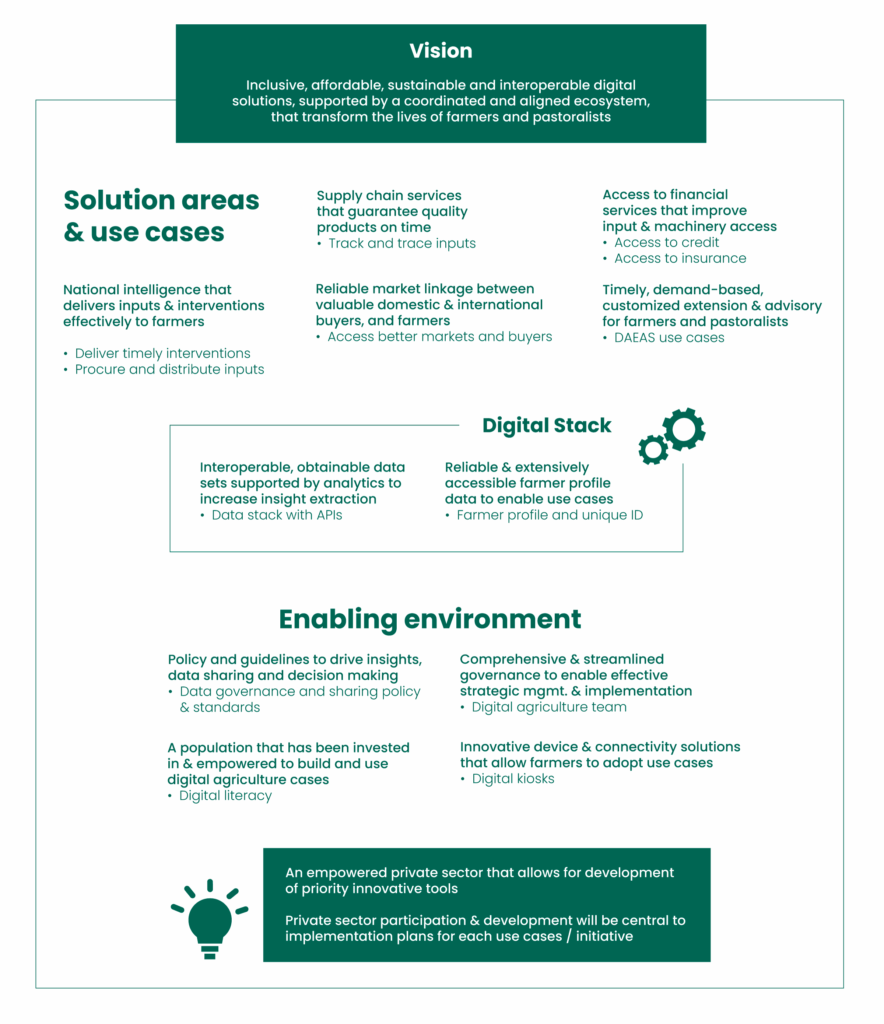
Overall, this PMU will provide a centralized structure for coordination and help to bridge gaps between innovation, piloting, and scaling. With the MoA leadership and oversight in the Steering Committee, the PMU will ensure that digital interventions are coherent, inclusive, and responsive to farmers’ needs. As digital transformation continues to shape the future of agriculture, the PMU will provide a central coordination platform to innovate and scale solutions, maximize impact, and contribute meaningfully to national development goals and food security.
From our blog
-
Feb 5, 2025
Make an Impact Today


